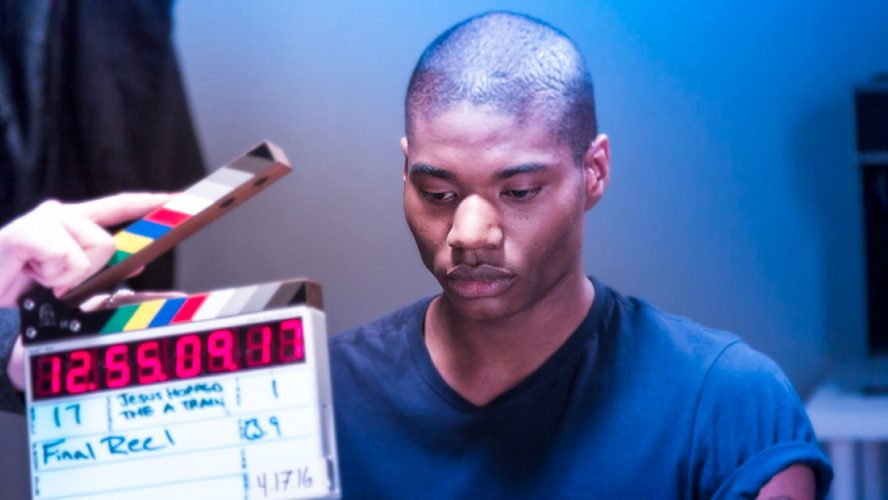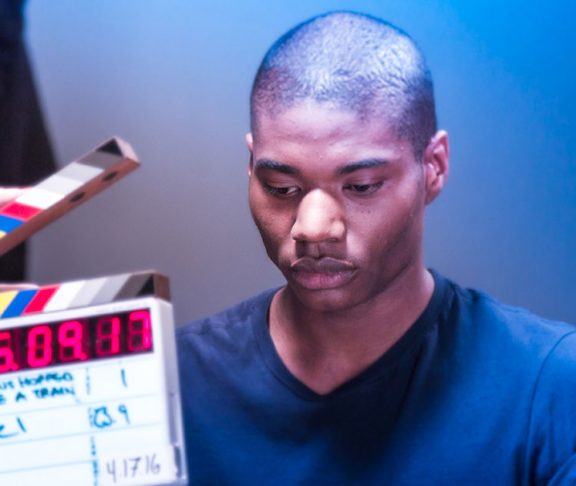Across the country, schools are struggling to maintain dramatic arts programs despite their positive impact on student lives.
The disconnect between our love for the dramatic arts and our reluctance to fund dramatic arts programs in our schools is striking. According to the National Assembly of State Arts Agencies (NASAA), state funding for arts programs has declined more than 40 percent over the last two decades while other activities, notably athletic programs, are often awash in money.
Richard Omar, artistic director for the New York Conservatory for Dramatic Arts (NYCDA), sees this struggle firsthand. “As an acting conservatory and college, we meet incredibly talented and motivated high school seniors from across the country,” he says. “When they talk about their high school drama departments and teachers, we hear two main themes — life-changing support and very limited budgets.”
Building life skills
What’s especially frustrating is the fact that these programs have a powerfully positive impact. “Students in the performing arts gain critical skills that enable them to better navigate through life by increasing confidence, emotional intelligence, resilience, creativity, discipline, and academic performance,” he points out. In an effort to help address the funding gap, NYCDA launched the “Your Start in the Arts” grant program in 2018 “to give young artists the opportunity to apply for funding grants on behalf of their high school drama programs” says Omar.
Their stories have been inspiring. “Drama club has made me more comfortable with public speaking,” writes one student from the small town of Chazy, New York. “It has also built my confidence up.” But the same student notes that “we have to fund ourselves. We pay for everything, the school doesn’t give us any money.”
The need for funding is a theme throughout all of the grant applications NYCDA receives each year. A student in La Puente, California writes that they would “fix the little theatre we have so we can have our auditions held there,” if they received a grant, noting that “the adviser we have has been great enough to pay for everything.” Repairs to aging theatre space and replacing old equipment are recurring themes, with some noting they would use the money for the absolute basics of theatre production. For example, a student from Bayonne, New Jersey writes that they would “buy lights for our blackbox theatre, which is actually a classroom.” A student from Walkersville, Maryland writes, “A lot of our microphones and sound equipment do not work, we lack many lighting fixtures standard in newer schools, and several of the shelves, tools, and materials we use are handmade by students and volunteers.”
Supporting dedicated teaching staff
These funding gaps explain why NYCDA received nearly 1,000 submissions in the grant program’s inaugural year, prompting them to double the number of grants they offered. “There is a critical need for funding at the secondary school level,” Omar adds. “Financial support for these programs is dwindling or being eliminated altogether.”
And many dramatic arts programs need the money desperately. Omar notes several instances where Your Start in the Arts grants are literally saving the day: A school in Montgomery, Alabama lost its campus to a fire and currently has no performance space in its temporary facilities; it has used the grant money to purchase an ETCnomad Education System, giving them the flexibility to move from venue to venue; a school in La Habra, California has used the money to give thousands of elementary school students a chance to see their productions; a school in Estes Park, Colorado will finally be able to install a video monitor system for their backstage area.


